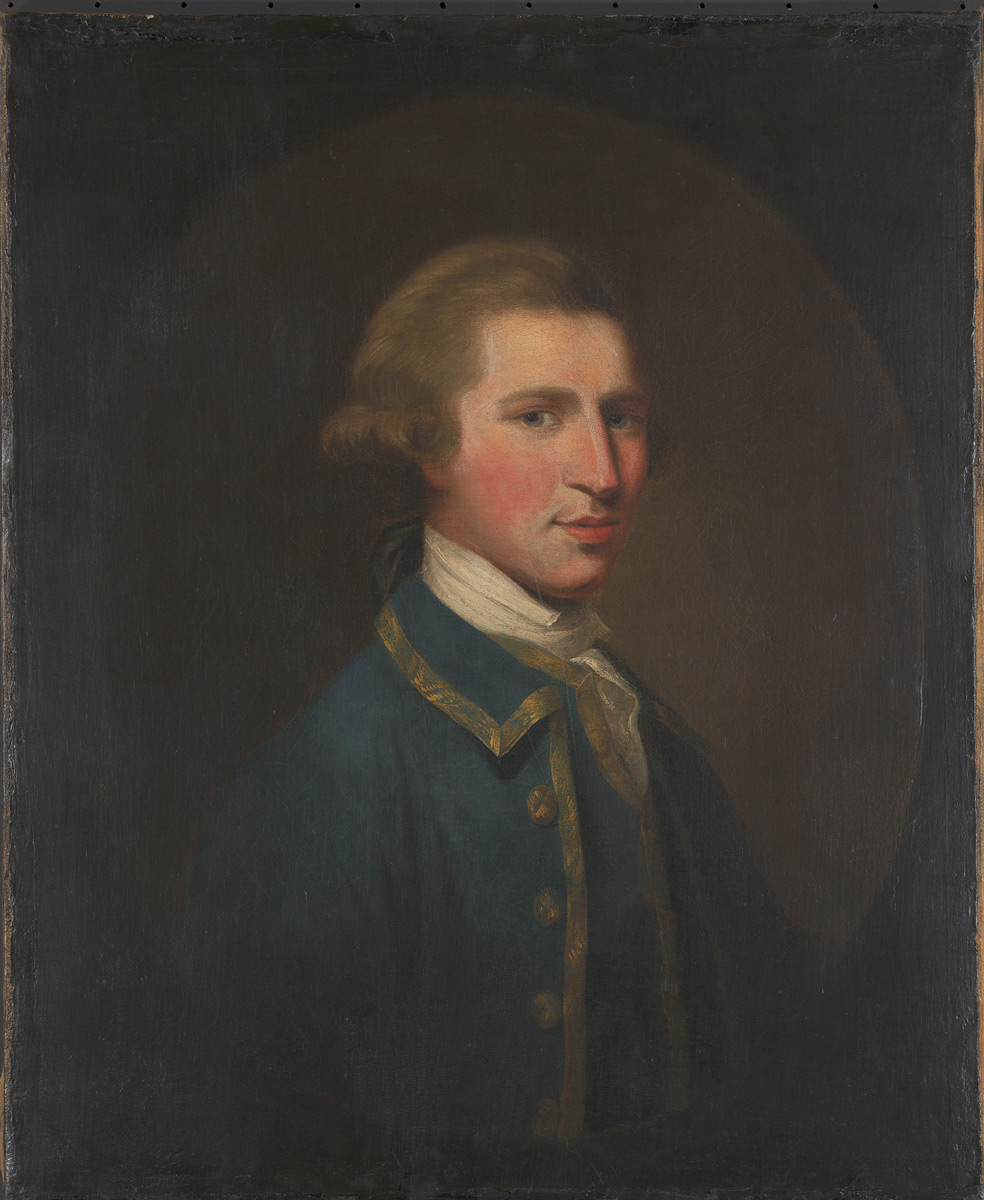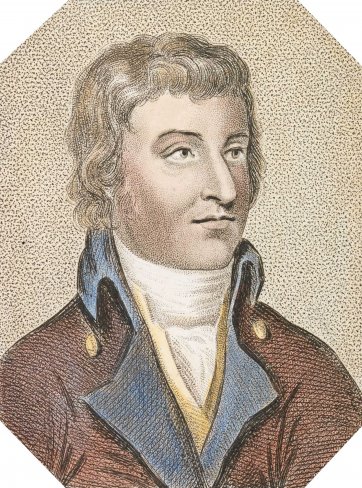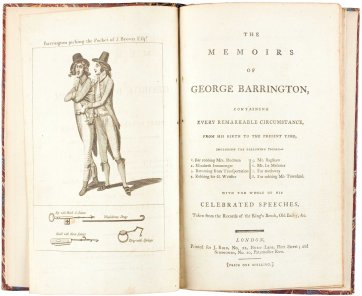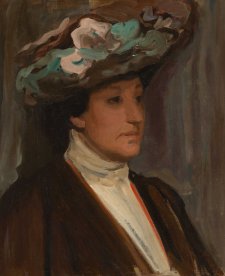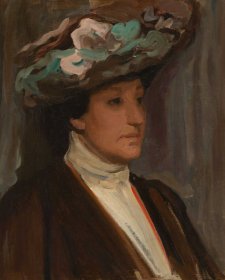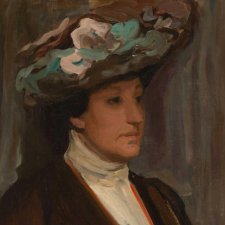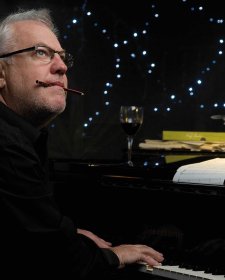George Barrington was a notorious gentleman pickpocket in late eighteenth-century England. His life was one of drama from celebrity thief, to convict and, finally, as a member of the New South Wales police. Barrington’s globe-trotting adventures made him a favourite subject for the press and the public of his day.
Portraits of Barrington parallel his image as the ‘prince of pickpockets’. The National Portrait Gallery recently acquired a handcoloured engraving from 1820, a complement to the booklet The Memoirs of George Barrington (1790), which was purchased in 2008 with funds provided by Ross A Field, and William Beechey’s George Barrington (c. 1785), which is generously on loan from the National Library of Australia. Born in Ireland in 1755, Barrington began thieving at just sixteen. A few years later, he was pickpocketing in Dublin, having learnt the tricks of the trade from a group of wandering players. Following the arrest of his accomplice John Price in 1773, Barrington fled to England. There he returned to crime, adopting the identity of a gentleman in London. At gatherings of fashionable society he picked pockets whilst mingling in the crowd. Perhaps most famously, Barrington was arrested and imprisoned for stealing a Russian Count’s snuffbox at Covent Gardens.
Barrington, however, was a cut above the brute thieves of London, as his portraits convey. He gained public sympathy following impressive appearances in the Old Bailey, eloquently defending himself and demonstrating sound knowledge of the law.
Despite his fame, Barrington ultimately shared the fate of ordinary criminals and, in 1790, was sent to New South Wales. In the colony he proved an amiable convict and was commended for good behaviour. Earning the post of Assistant Watchman of Convicts, he later became the Superintendent of Convicts in Toongabbie. Several ‘memoirs’ propagating the myth of Barrington as a gentleman thief were published following his court appearances and transportation. They were loose with facts and almost certainly not written by Barrington. The engraving of Barrington on the frontispiece of The Memoirs of George Barrington shows him picking the pocket of an aristocrat. Dressed as fashionably as his victim, with examples of thieving tools below, the image conveys the mix of crime and sophistication that perpetuated his popularity.
Spending his remaining years alcoholic and purportedly insane, Barrington died in 1804, however, it is the myth of the ‘prince of pickpockets’ which is remembered. Nathan Garvey’s book, The Celebrated George Barrington: a spurious author, the book trade and Botany Bay (2008), raises the issue of the questionable attribution of some portraits of Barrington. The Gallery’s collection comprises diverse portraits of Australians, predominantly of admirable individuals. The inclusion of a dubious figure such as Barrington communicates a broad picture of Australian colonial history. Barrington’s portraits follow the trend of expressing celebrity through imagery, a trend that continues today.
